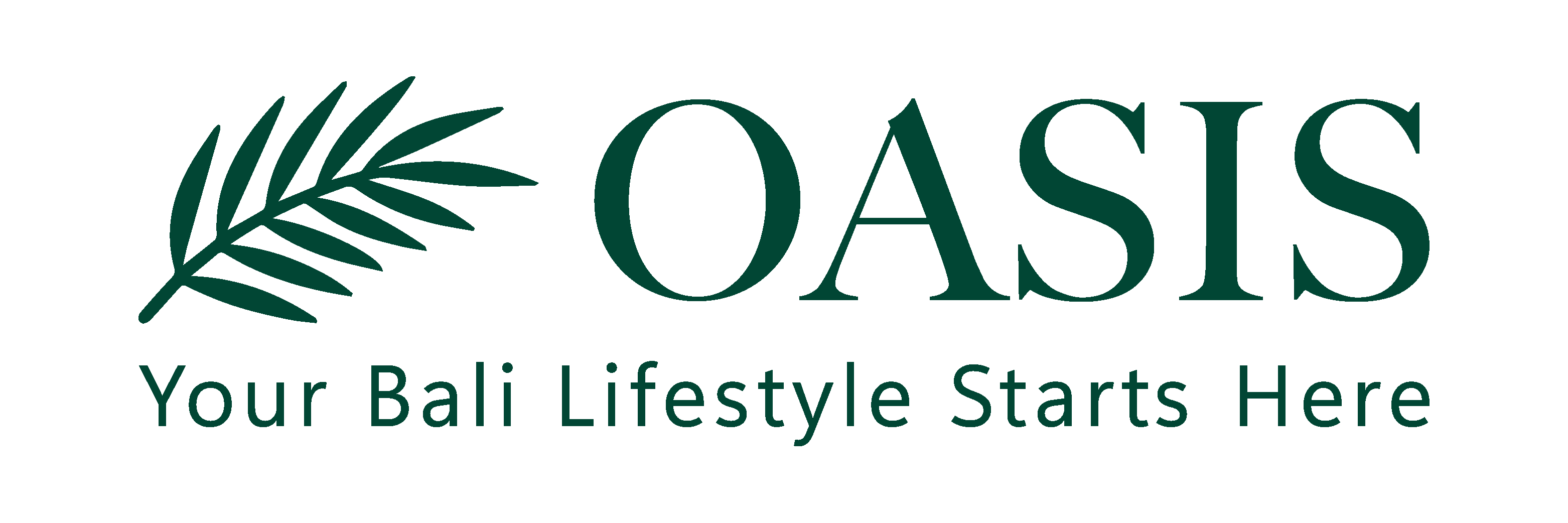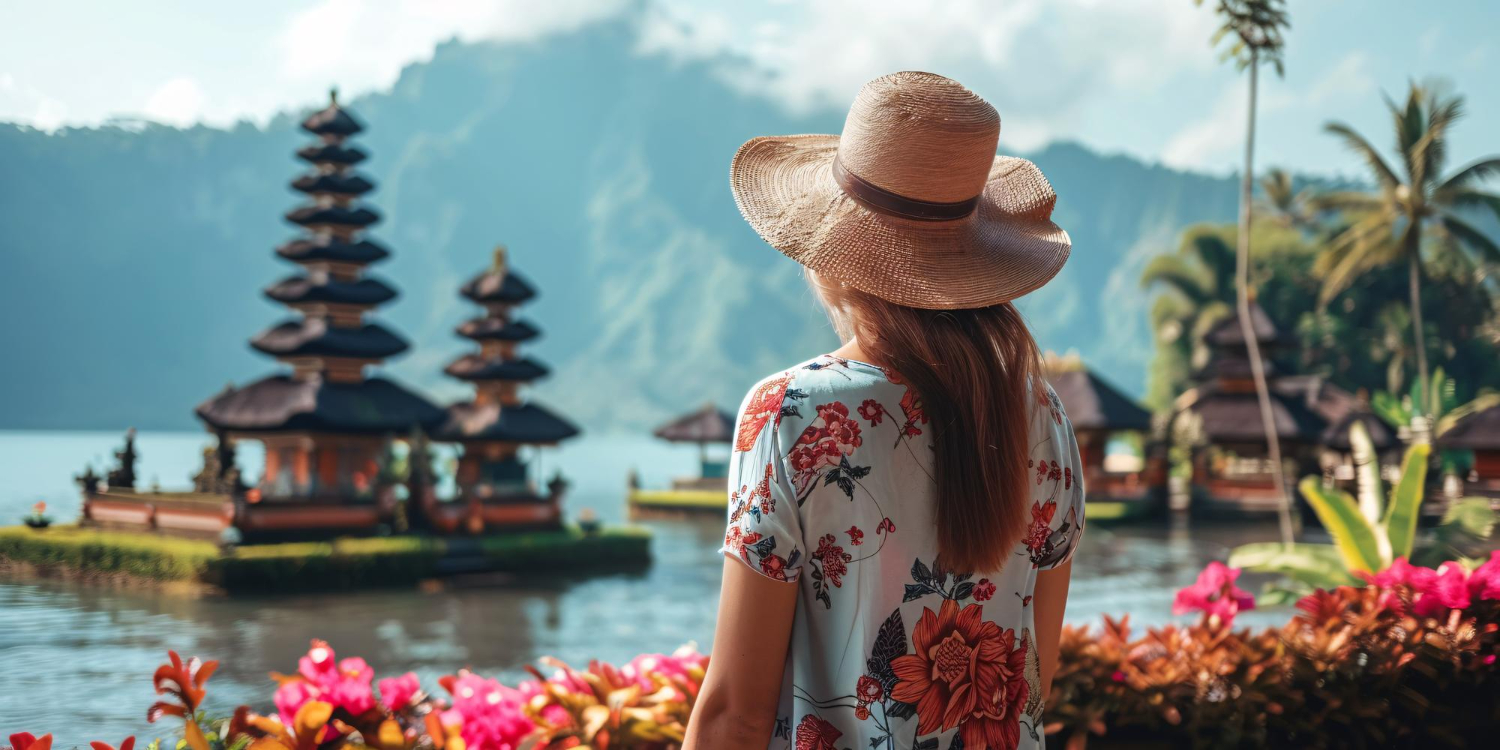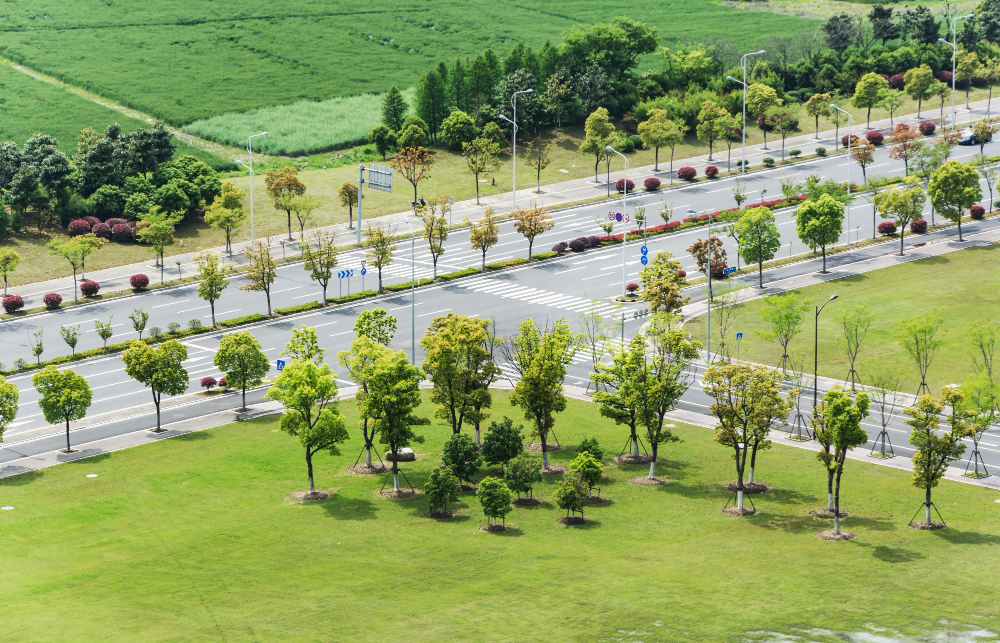Understanding Bali’s Zoning Colors: The 3 That Matter Most for Foreign Investors
If you’re exploring land in Bali—whether it’s rice-field plots in Seseh, luxury villa opportunities in Cemagi, or beachfront blocks in Kedungu—the first thing you need to understand is zoning.
Bali’s land is color-coded into zones that dictate what you can (and cannot) build. For foreigners investing in Bali real estate, three zones matter most: Green, Yellow, and Pink. Get these wrong, and you could end up with land you can’t legally develop—or a villa that never gets permits.
⸻
 Green Zone – Agricultural & Protected Land
Green Zone – Agricultural & Protected Land
This is the “no-build” zone, reserved for farming, rice fields, and conservation. You cannot build villas, hotels, or permanent structures here.
 Why it matters:
Why it matters:- Many beautiful rice-field views in Seseh, Cemagi, and Kedungu fall under Green Zone. They look amazing but are off-limits for development.
- Some investors have been misled into buying Green Zone plots thinking they can “sort permits later”—they can’t. Enforcement is getting stricter.
- Buying Green Zone land is only smart if you want to farm or hold it as speculative agricultural land (not for villas).

 Investor Tip: If a plot seems too cheap compared to neighboring land, check if it’s Green Zone. It’s often the reason.
Investor Tip: If a plot seems too cheap compared to neighboring land, check if it’s Green Zone. It’s often the reason.⸻
 Yellow Zone – Residential Land
Yellow Zone – Residential Land
This is the sweet spot for villas and homes. Yellow Zone is designated for residential use—perfect for private villas, long-term rental homes, or small residential complexes.
 Why it matters:
Why it matters:- In Cemagi and Kedungu, Yellow Zone land is where foreigners are building modern villas overlooking rice fields.
- It’s typically safer for long-term ownership because zoning aligns with residential living, not speculative tourism.
- Yields are strong: well-built villas in Yellow Zones near Seseh and Cemagi can rent to digital nomads and long-stayers at premium rates.
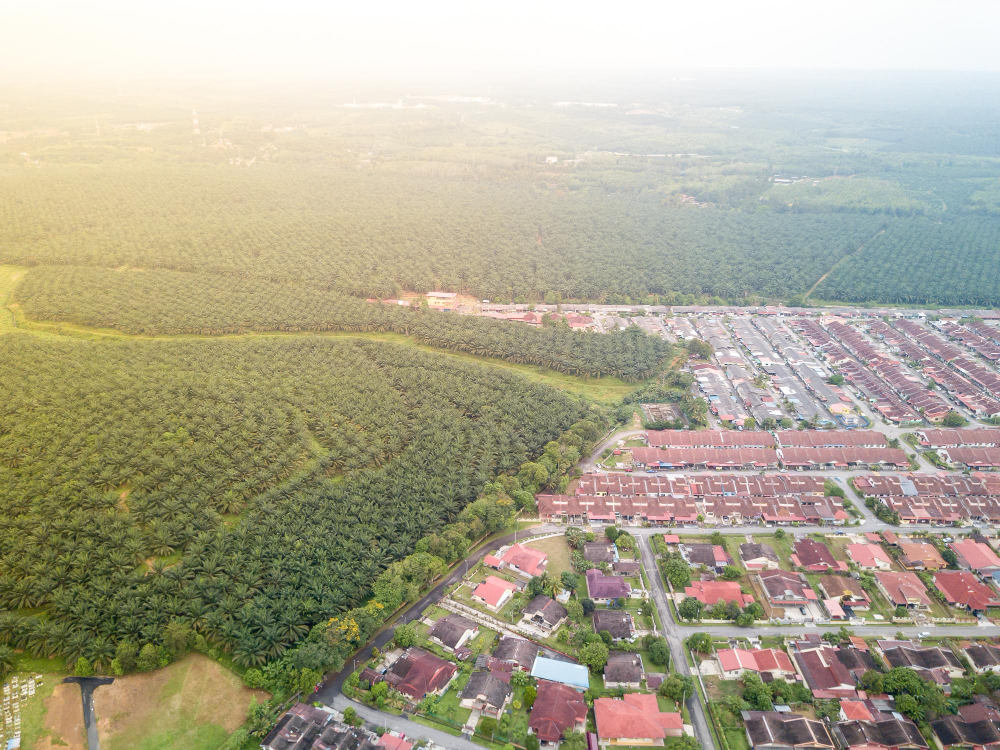
 Investor Tip: Always confirm the land certificate matches Yellow Zone usage before buying. A notary or your agent should show you the zoning proof.
Investor Tip: Always confirm the land certificate matches Yellow Zone usage before buying. A notary or your agent should show you the zoning proof.⸻
 Pink Zone – Tourism & Hospitality
Pink Zone – Tourism & Hospitality
This is where the big opportunities are. Pink Zone is for tourism, meaning you can build hotels, guesthouses, resorts, and commercial spaces that serve Bali’s tourism industry.
 Why it matters:
Why it matters:- In Kedungu, Pink Zone plots near the surf beach are attracting investors planning boutique resorts and wellness retreats.
- Cemagi’s Pink Zones are rare but valuable—luxury villa compounds here can generate high nightly rates.
- Seseh is evolving as a mixed-use hub, with Pink Zone land perfect for cafés, yoga studios, and boutique stays alongside residential villas.
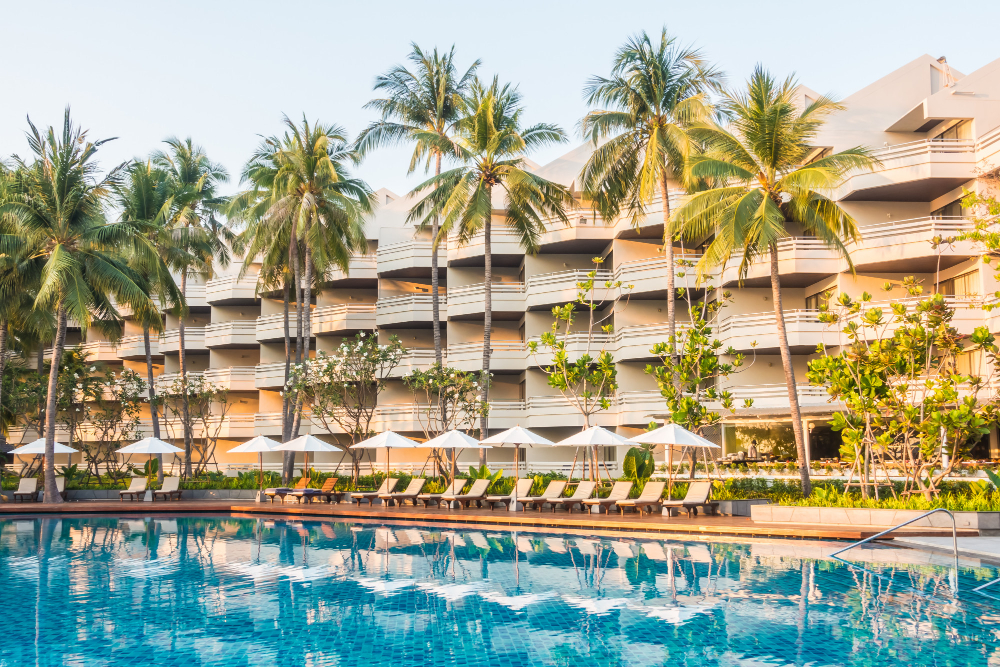
 Investor Tip: If your goal is to maximize rental yields, Pink Zone is usually the best option. But expect stricter building permits and higher upfront costs.
Investor Tip: If your goal is to maximize rental yields, Pink Zone is usually the best option. But expect stricter building permits and higher upfront costs.⸻
 A Note on LSD Zones
A Note on LSD Zones
One thing investors often overlook is the possibility of LSD (Land System Designation) zones. Unlike the familiar Green, Yellow, and Pink zoning, LSD status is a regulatory overlay that can suddenly appear—even on plots that were previously classified as Yellow (residential) or Pink (tourism).
In simple terms: a villa-friendly Yellow Zone today could be marked as LSD tomorrow. When that happens, your ability to build or operate may be restricted, delayed, or made conditional on extra permits.
The good news? LSD status isn’t always permanent. There are legal steps to request removal or modification of LSD classification, usually involving:
- Submitting applications to local planning authorities
- Providing environmental or spatial studies
- In some cases, negotiating with regency officials to re-align the plot with the RTRW/RDTR zoning plan
 Investor Tip: If a plot you’re considering is suddenly reclassified as LSD, don’t panic—but don’t proceed blindly either. Work with a notary and a zoning lawyer to confirm:
Investor Tip: If a plot you’re considering is suddenly reclassified as LSD, don’t panic—but don’t proceed blindly either. Work with a notary and a zoning lawyer to confirm:- What the current restrictions are, and
- What the real cost and timeline would be to remove LSD status.
⸻
 Other Zones (Quick Overview)
Other Zones (Quick Overview)
- Red Zone: High-density urban (Seminyak, Kuta). Profitable but crowded.
- Blue Zone: Commercial/tourism mix (restaurants, shops).
- Brown Zone: Mixed-use (homes + small business).
- Orange, White, Black, Purple: Limited use, usually not relevant for villa investors.
⸻
 Final Thoughts
Final Thoughts
For foreigners investing in Bali real estate, zoning is everything.
- Green Zone = stay away (unless you want farmland).
- Yellow Zone = best for residential villas, stable and secure.
- Pink Zone = high potential for hospitality and business projects.
- LSD Zone = a hidden risk: a Yellow or Pink plot can change overnight, so always double-check before you buy.
 With Canggu turning into another Seminyak—overbuilt and traffic-heavy—the smart money is moving west. Areas like Seseh, Cemagi, and Kedungu still have rice fields, space, and zoning options that favor long-term growth.
With Canggu turning into another Seminyak—overbuilt and traffic-heavy—the smart money is moving west. Areas like Seseh, Cemagi, and Kedungu still have rice fields, space, and zoning options that favor long-term growth.Before you sign anything:
- Check the zoning map (GISTARU or local planning office).
- Verify with your notary and agent.
- Always match your investment goals to the correct zone.
